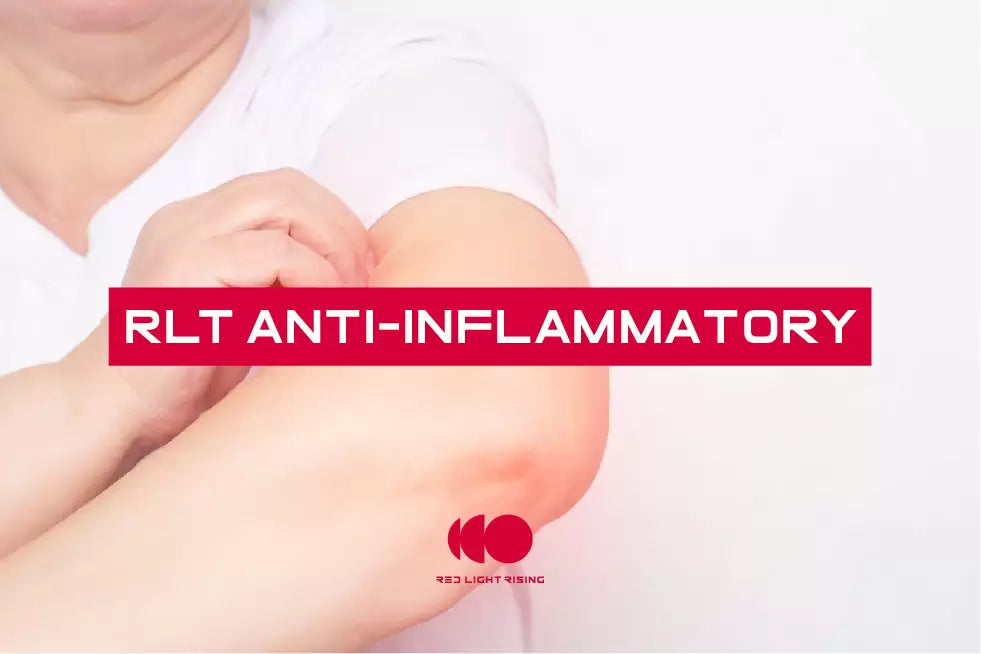In this discussion, we delve into the role of Red Light Therapy (RLT) in relation to inflammation, offering insights into the nature of inflammation, its causes, and the interaction between RLT and the body's inflammatory processes.
- Understanding Inflammation
- Diverse Causes of Inflammation
- RLT's Interaction with Inflammation
- Concluding Thoughts
- Further Reading and References
Understanding Inflammation
Inflammation serves as a crucial response by the body to various stimuli, indicating the activation of the body's defense mechanisms. It's a process aimed at protecting us, whether by responding to injuries, infections, or other threats. However, when inflammation persists over time, becoming chronic, it suggests an underlying issue within the body's regulatory systems.

Diverse Causes of Inflammation
The body may exhibit inflammatory responses due to a range of triggers, including physical injuries, infections, and exposure to certain substances or environmental factors. Lifestyle and environmental factors, such as diet, sleep, and exposure to toxins, can also contribute to the development of chronic inflammation, which has been linked to a multitude of health issues.
RLT's Interaction with Inflammation
In the context of managing inflammation, adopting a holistic approach towards health is beneficial. Regular physical activity, a balanced diet, adequate sleep, and mindful exposure to light are foundational to mitigating inflammation. RLT, when integrated into a lifestyle that supports overall well-being, can be a complementary approach.
RLT is known for its potential to influence cellular processes. By exposing the body to specific wavelengths of light, RLT may support cellular function, potentially aiding in nutrient absorption, recovery processes, and the management of inflammation. The mechanism proposed suggests that RLT could help in modulating the body's inflammatory response, although the breadth and depth of its effects are subjects of ongoing research.

Concluding Thoughts
Incorporating RLT as part of a comprehensive strategy for health and well-being could be considered by those looking to support their body's natural healing processes. It's essential to recognize that managing chronic inflammation effectively requires a multifaceted approach, emphasizing the importance of a healthy lifestyle.
As we continue to explore the capabilities and applications of RLT, it remains a promising area of interest for its potential benefits in supporting the body's responses to inflammation. For those considering RLT, consulting with healthcare professionals and reviewing current research can provide guidance on how it might fit into your overall health strategy.
Further Reading and References
For those interested in delving deeper into the topic of inflammation and RLT, a wealth of information is available through medical and scientific resources. Exploring studies and reviews on the subject can offer a more detailed understanding of the complexities of inflammation and the evolving landscape of RLT research.
- "Understanding acute and chronic inflammation" - Harvard Health Publishing
- "Poor sleep tied to inflammation, a risk factor for heart disease, stroke" - Medical News Today
- "So depression is an inflammatory disease, but where does the inflammation come from?" - PMC
- "Mechanisms and applications of the anti-inflammatory effects of photobiomodulation" - PMC

